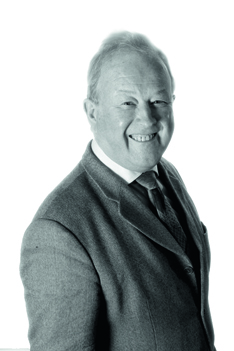In Focus: The Heath Robinson Museum at Pinner, home to decades of gently satirised modern life
Huon Mallalieu tells the story of the small museum in Middlesex, where you'll find the last records of the county before it became overrun by suburbia.
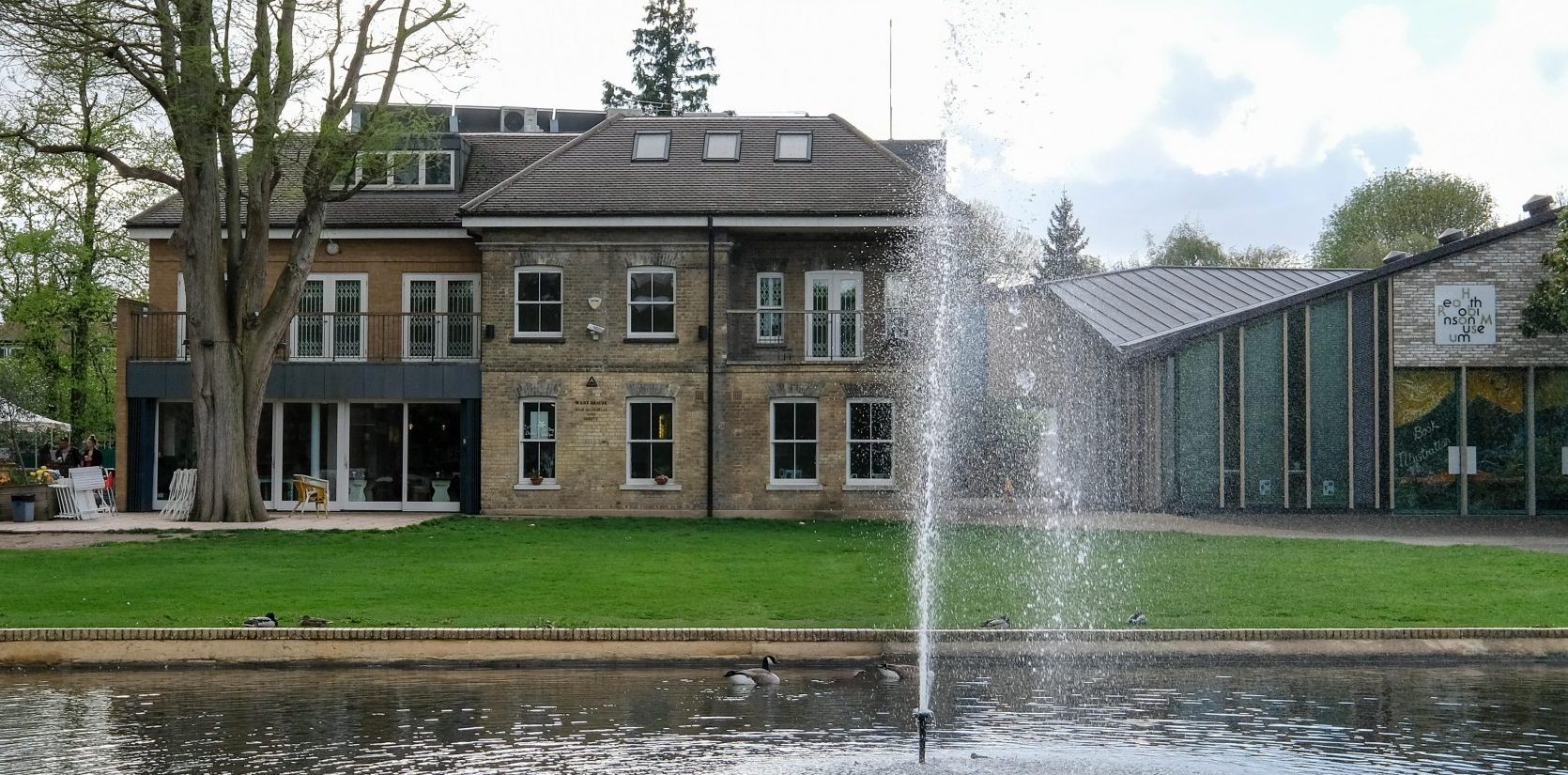

‘Greatly daring, we emigrated to Pinner, in still rural Middlesex. It was an adventure we never regretted. We rented a house where I could work at home. It was among a little group of similar villas, surrounded on nearly every side by open country.’
Alas for rural Middlesex, it was not to last.
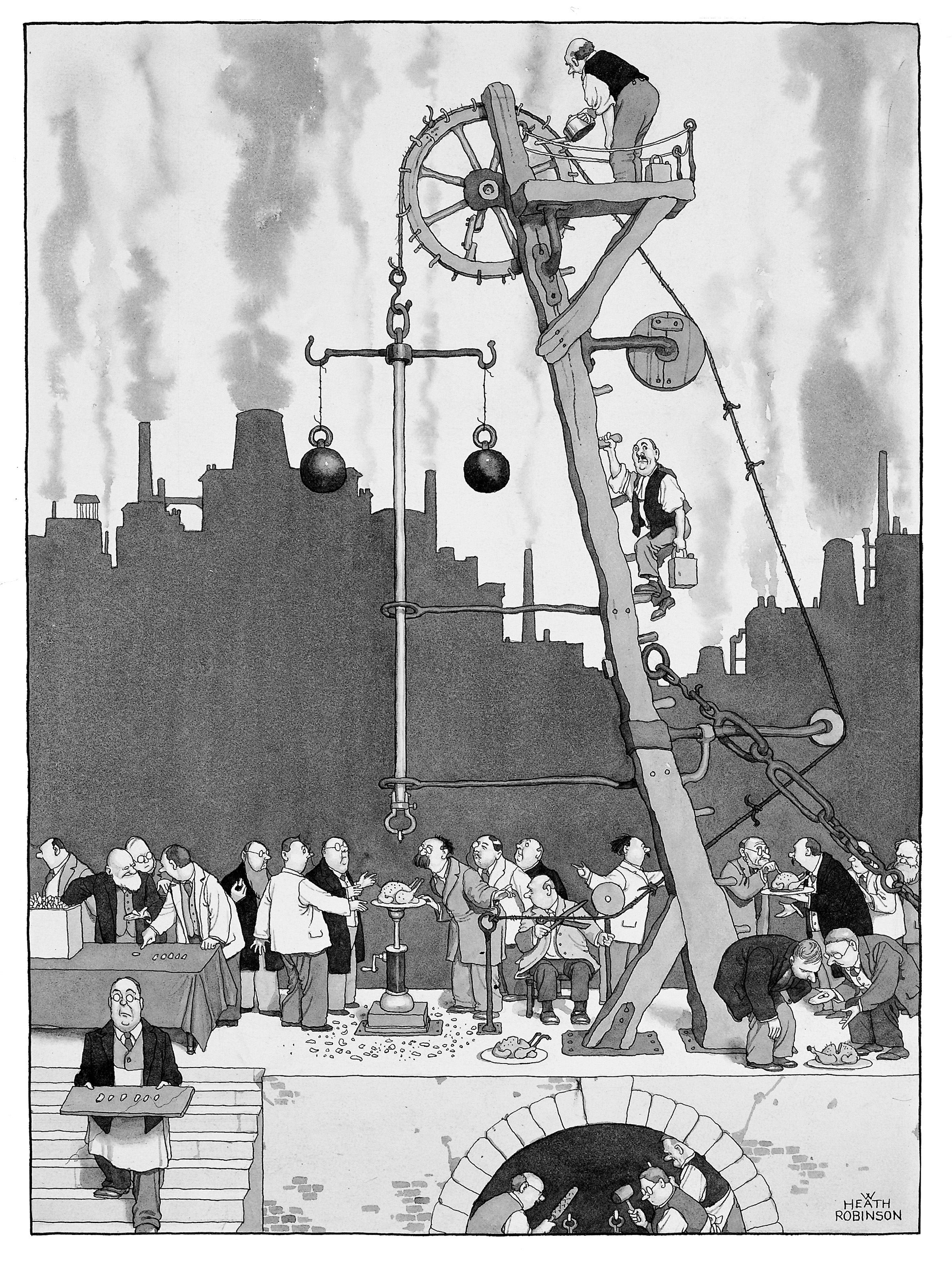
In 1918, 10 years after William Heath Robinson and his family had settled in Pinner, they moved again to be further away from London, to Cranleigh in Surrey. The book illustrations that he produced during the 10 Middlesex years are among the last records of the county’s nature before it was overrun by suburbia. The association makes Pinner a fitting home for the Heath Robinson Museum at West House.
'The war provided new inspiration for his devices and inventions, such as the ‘Pilsener-pump’ for stealing the enemy beer ration'
During those years, Heath Robinson ran the two strands of his art – serious illustration and comic drawing – in tandem, until the First World War ended the Edwardian appetite for luxuriously produced editions of Shakespeare, Rabelais and Malory. At the same time, the war provided new inspiration for his devices and inventions, such as the ‘Pilsener-pump’ for stealing the enemy beer ration or the Hunnish use of laughing gas, which were as popular in the trenches as on the Home Front.
By the time he died in 1944, decades spent gently satirising modern life, as well as renewed humorous war work, meant that, although his more serious early career was largely forgotten, his ‘Heath Robinson contraptions’ were embedded in the national consciousness.
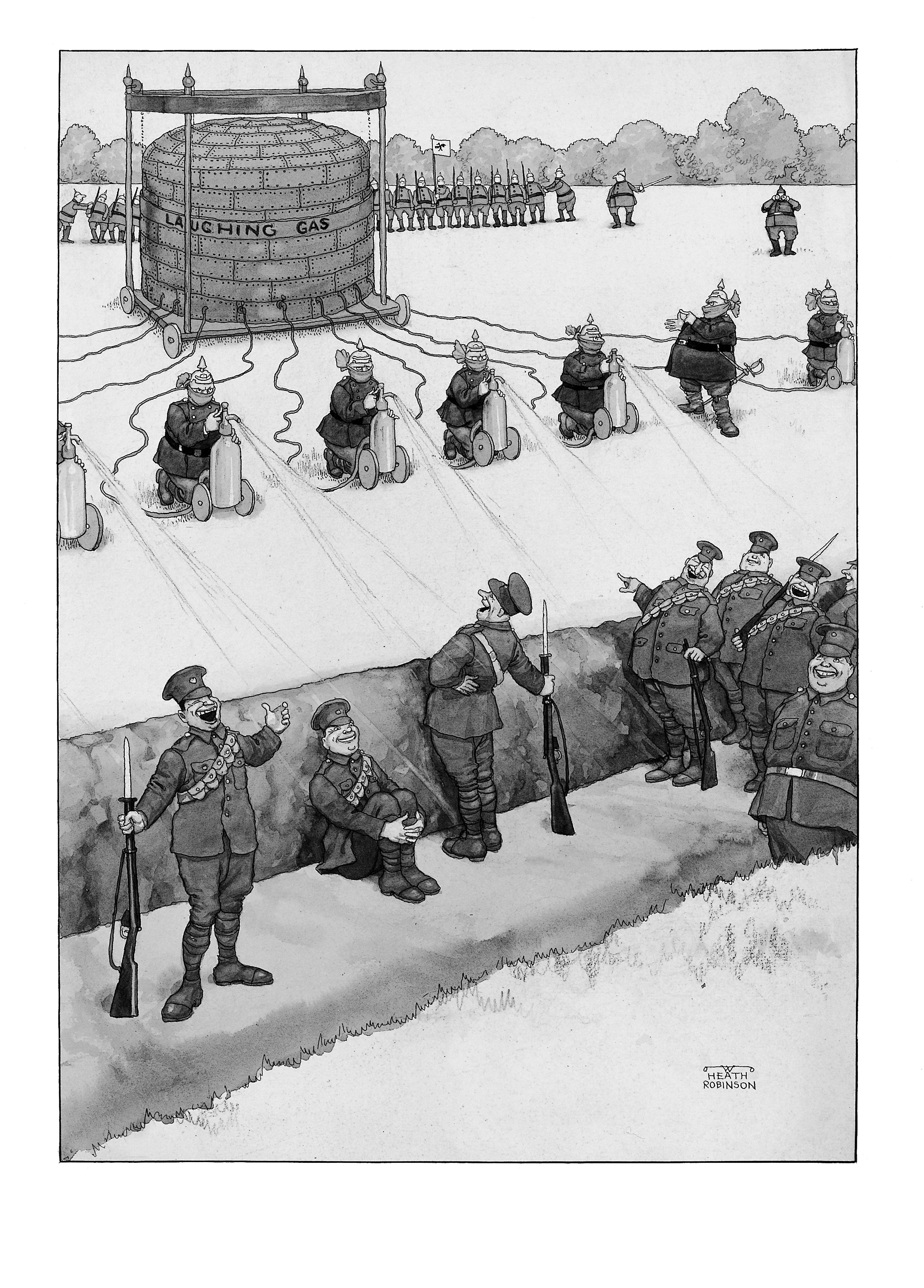
The William Heath Robinson Trust was set up in 1992 to conserve and exhibit the collection formed by his daughter Joan Brinsmead, to which it has added over the years. Then, in 2001, the opportunity arose to form a new charity combining its aims with the restoration of West House, Pinner, a Regency villa with landscaped gardens and a lake, which had been given to Harrow Council in the 1930s by descendants of Lord Nelson and Lady Hamilton.
The grounds had become the Memorial Park, but the house was falling apart. Local enthusiasm, together with grants and legacies, has brought it back from near death. It has two main exhibition spaces, one devoted to selections from the Heath Robinson collections, the other to work by contemporaries.
'She wrote and drew stories based on the very poor children in her father’s London parishes, tempering robust social commentary with humour'
When I visited in 2018, on show were ‘Heath Robinson’s Home Life’ and watercolours by two Edwardian illustrators who were almost unknown to me: Alice Bolingbroke Woodward and Edith Farmiloe. The first illustrated Peter Pan and Alice’s Adventures in Wonderland; the second wrote and drew stories based on the very poor children in her father’s London parishes, tempering robust social commentary with humour.
Exquisite houses, the beauty of Nature, and how to get the most from your life, straight to your inbox.
The museum and its exhibition, Charles Keeping: Londoner and Illustrator’ are closed until further notice, but you can find out more by visiting www.heathrobinson.org and www.heathrobinsonmuseum.org. The trust welcomes gifts of artwork, books, letters and relevant ephemera. Call 020–8866 8420 to get in contact.
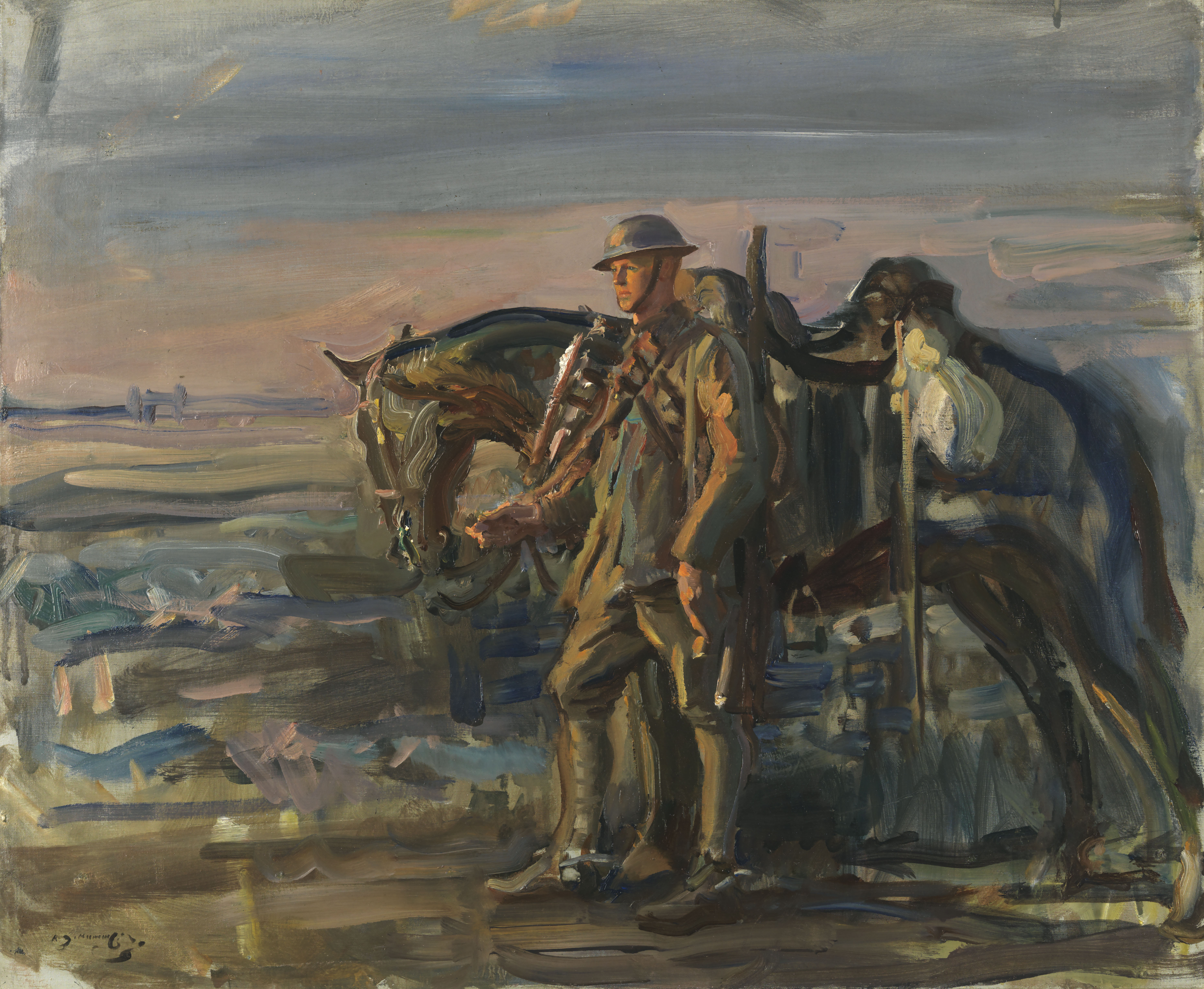
In Focus: The wartime masterpieces of Alfred Munnings
Huon Mallalieu welcomes the opportunity to see a significant body of wartime paintings alongside other works by Munnings in his
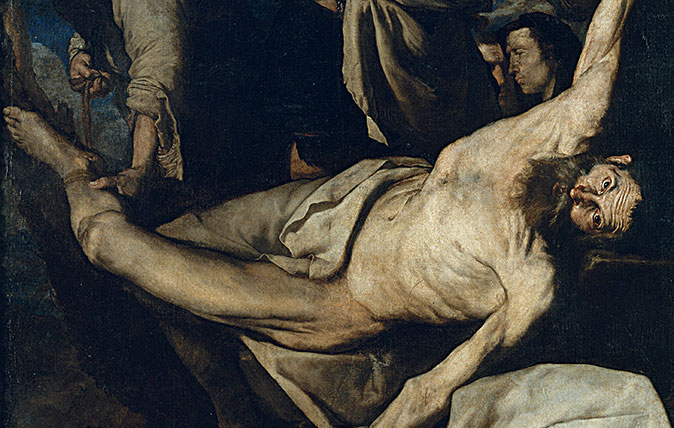
In Focus: The Spanish painter whose visceral depictions of martyrdom still have the power to shock
The unflinching representations of brutality in Jusepe de Ribera's images of martyrdom is the focus of a new exhibition, the
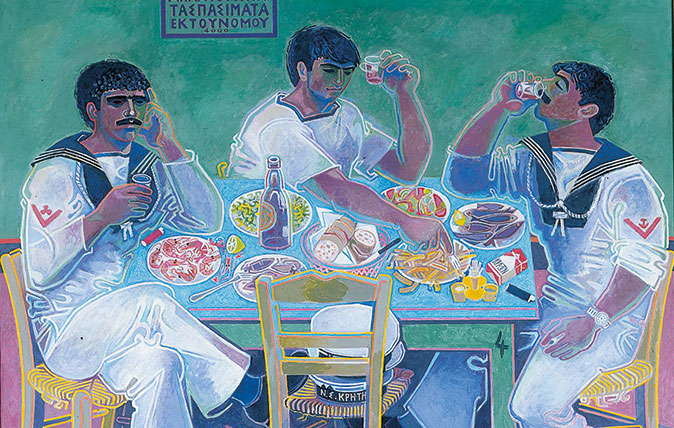
In Focus: The charmed life of Paddy Leigh Fermor and friends in Greece
The iconic writer Paddy Leigh Fermor and two of his friends in Greece – both artists, one a local man and
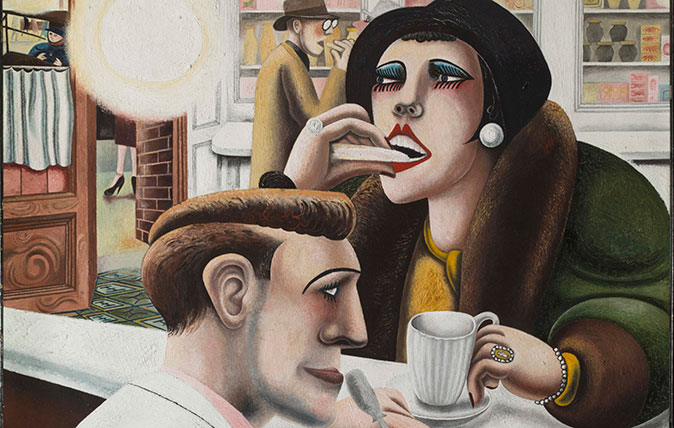
In Focus: The evocative, sensual masterpiece created in the wake of the First World War
Edward Burra was too young to have fought in the First World War, but his powerful oil painting The Snack
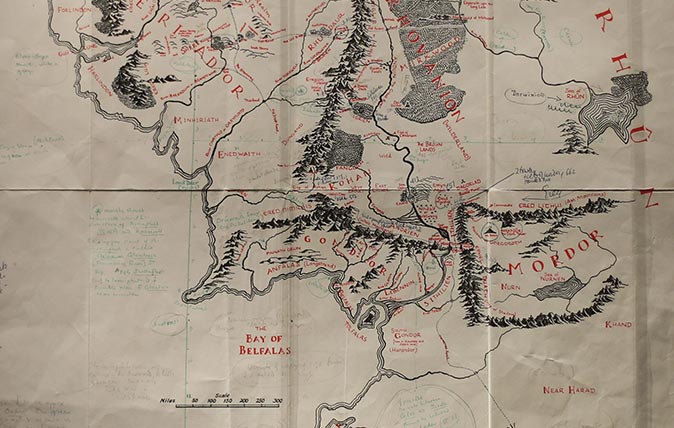
Credit: Getty
In Focus: The hand-drawn maps from which JRR Tolkien launched Middle-earth
'I wisely started with a map and made the story fit,' JRR Tolkien once wrote. A new exhibition in Oxford
After four years at Christie’s cataloguing watercolours, historian Huon Mallalieu became a freelance writer specialising in art and antiques, and for a time the property market. He has been a ‘regular casual’ with The Times since 1976, art market writer for Country Life since 1990, and writes on exhibitions in The Oldie. His Biographical Dictionary of British Watercolour Artists (1976) went through several editions. Other books include Understanding Watercolours (1985), the best-selling Antiques Roadshow A-Z of Antiques Hunting (1996), and 1066 and Rather More (2009), recounting his 12-day walk from York to Battle in the steps of King Harold’s army. His In the Ear of the Beholder will be published by Thomas Del Mar in 2025. Other interests include Shakespeare and cartoons.
-
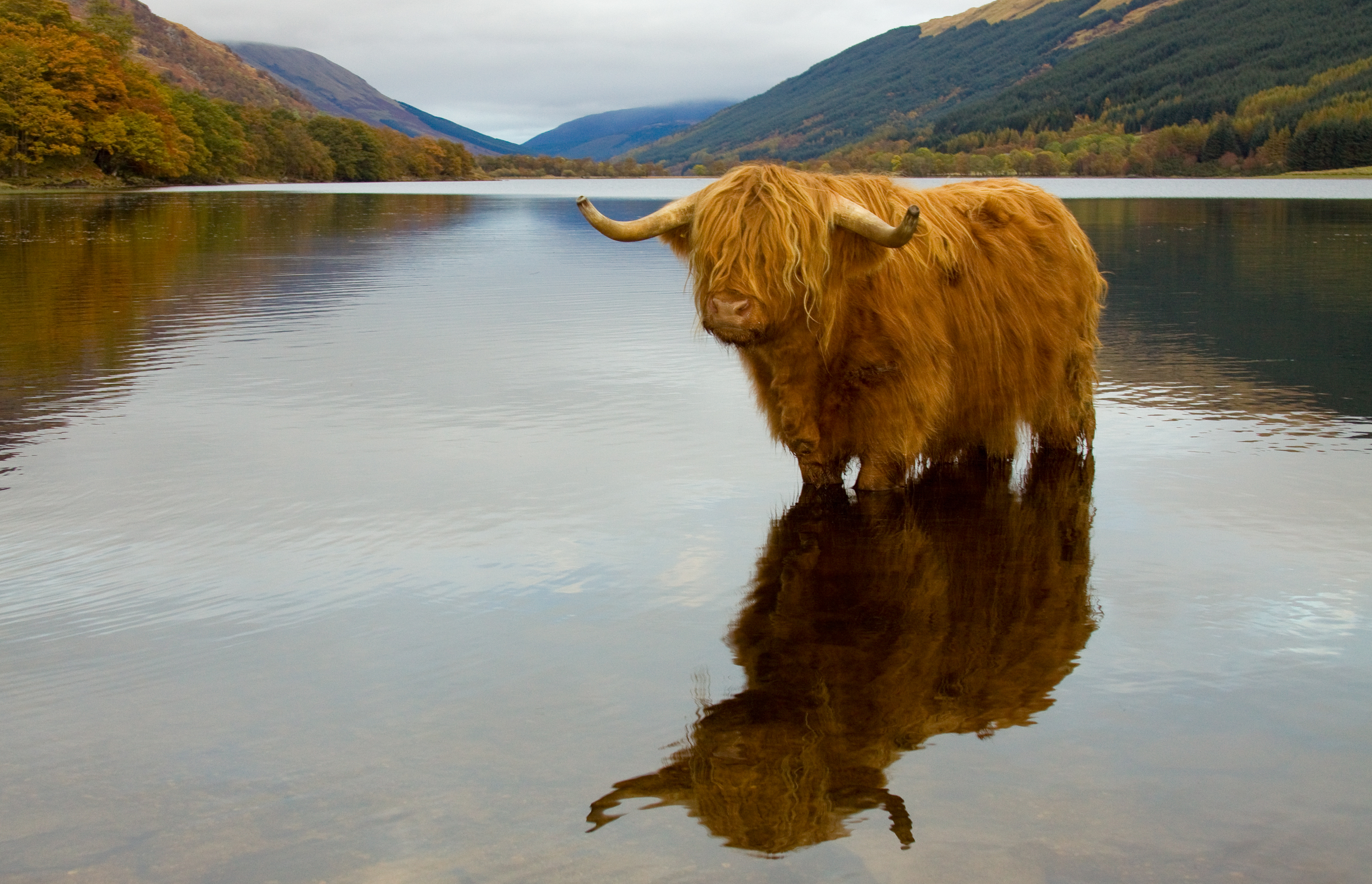 The rapid decline of our local abattoirs means we can no longer claim to be a country with leading animal welfare standards
The rapid decline of our local abattoirs means we can no longer claim to be a country with leading animal welfare standardsOnce the backbone of ethical, small-scale meat production, these essential processors are disappearing fast.
-
 How high is this mountain? It's the Country Life Quiz of the Day, October 27, 2025
How high is this mountain? It's the Country Life Quiz of the Day, October 27, 2025Happy Monday, here's your quiz of the day.
-
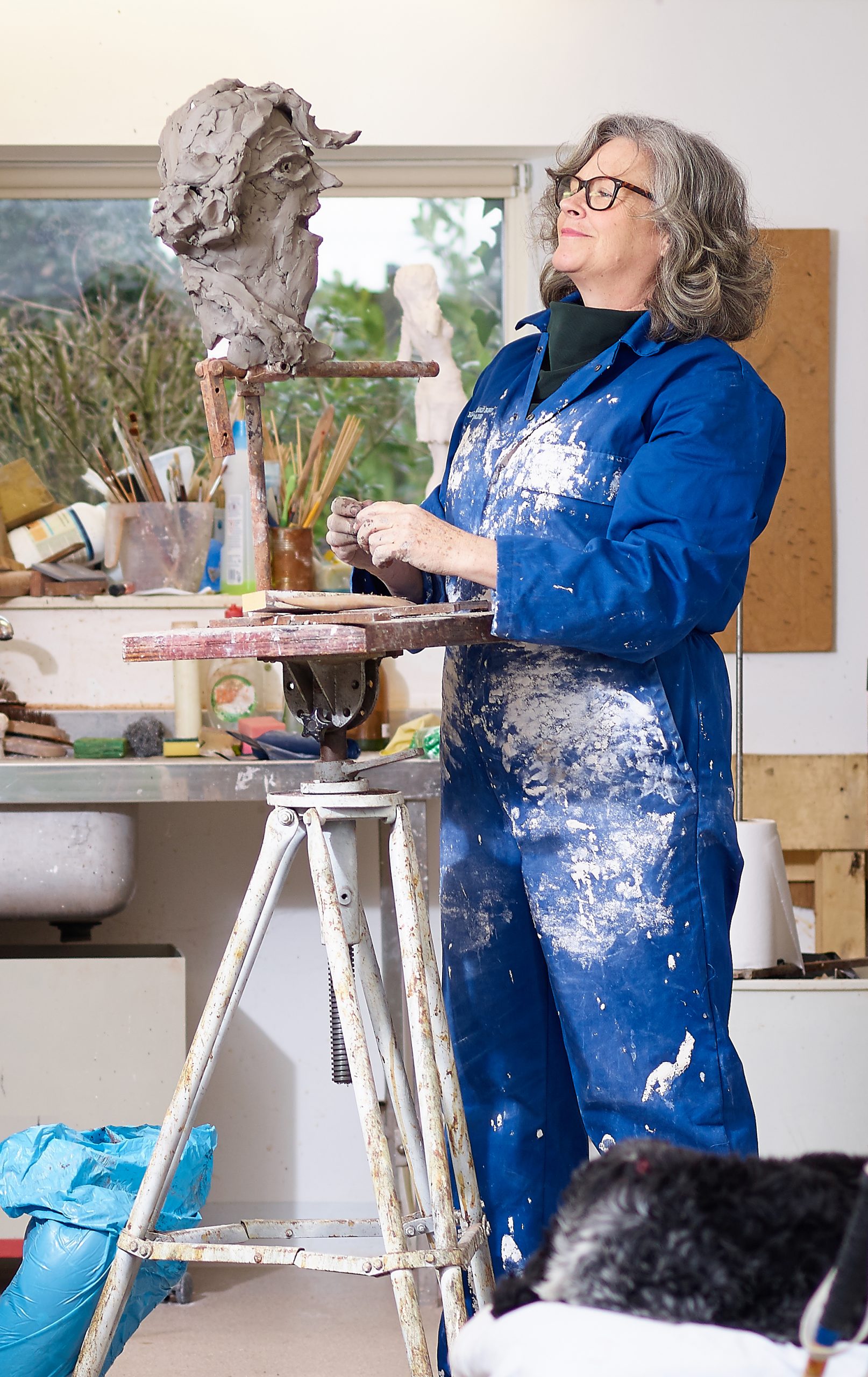 In Focus: How the 'Tottering Hall' cartoonist became a sculptor
In Focus: How the 'Tottering Hall' cartoonist became a sculptorBest known as the creative force behind Dicky and Daffy, it was her son’s death that prompted Annie Tempest to learn ‘the grammar of the sculptor’s language’, discovers Ian Collins.
-
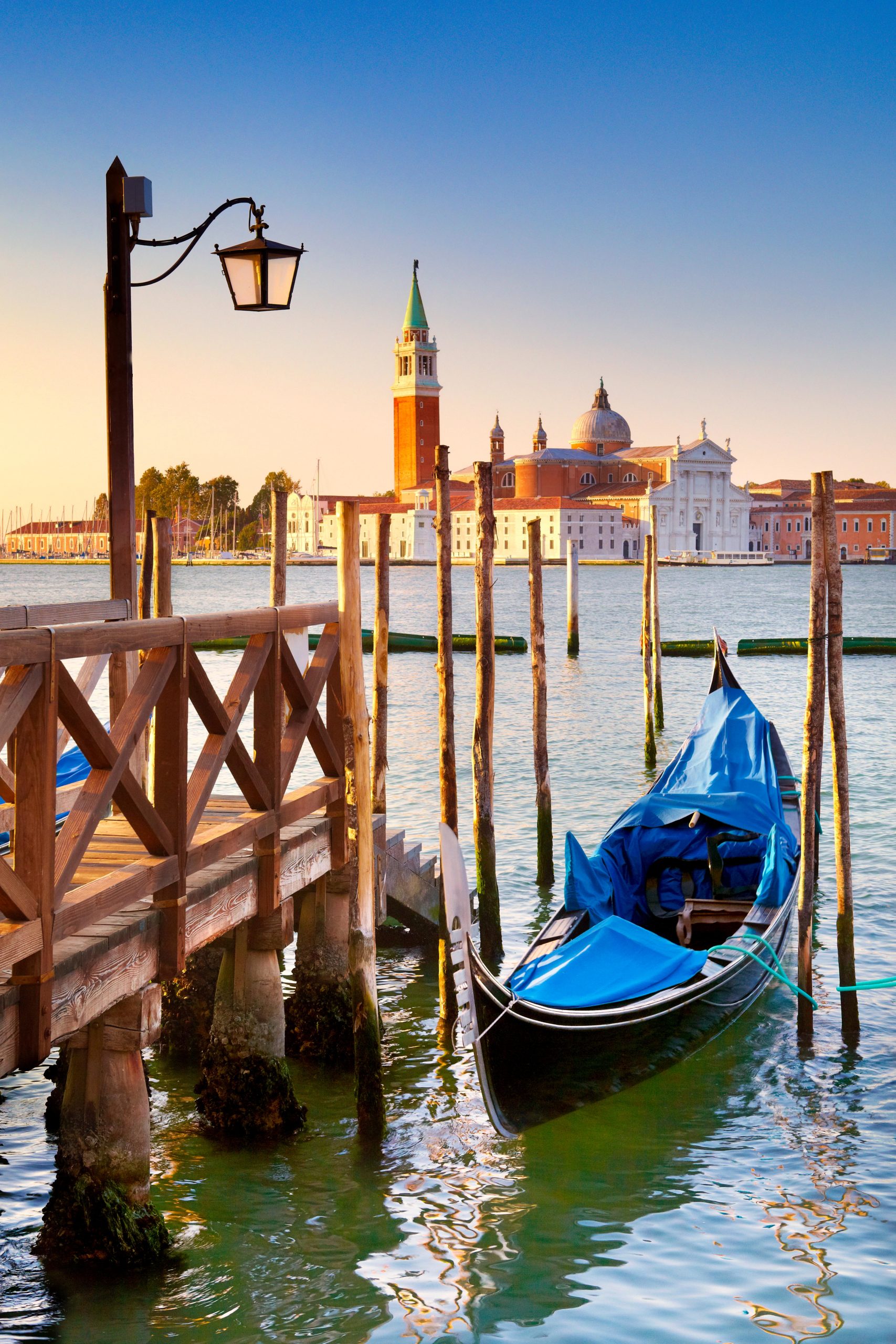 In Focus: How Italy inspired JMW Turner
In Focus: How Italy inspired JMW TurnerMary Miers considers how the country that fascinated Turner from youth shaped his artistic vision.
-
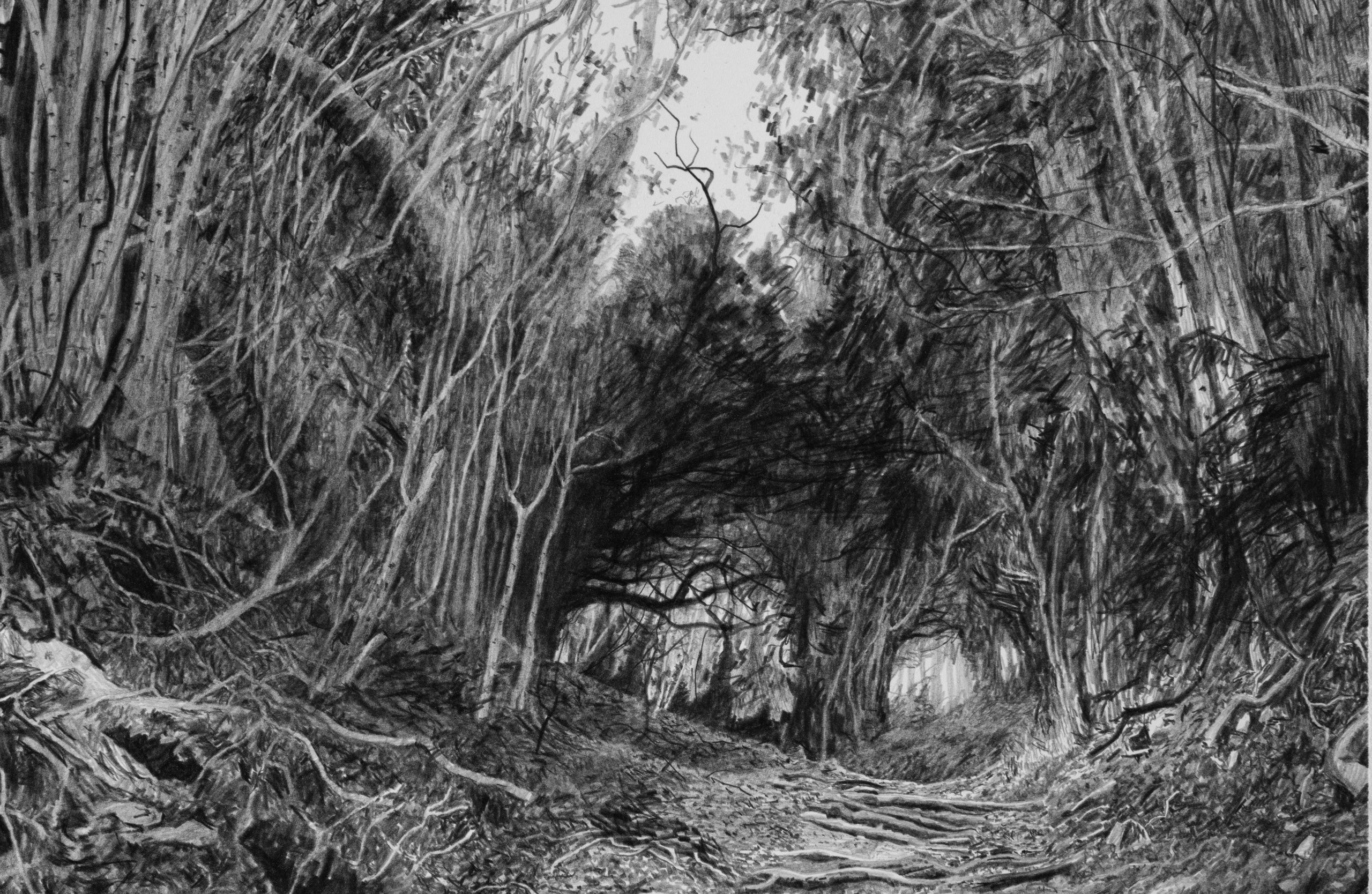 In Focus: Why the eerie thrives in art and culture
In Focus: Why the eerie thrives in art and cultureThe tradition of ‘eerie’ literature and art, invoking fear, unease and dread, has flourished in the shadows of British landscape culture for centuries, says Robert Macfarlane.
-
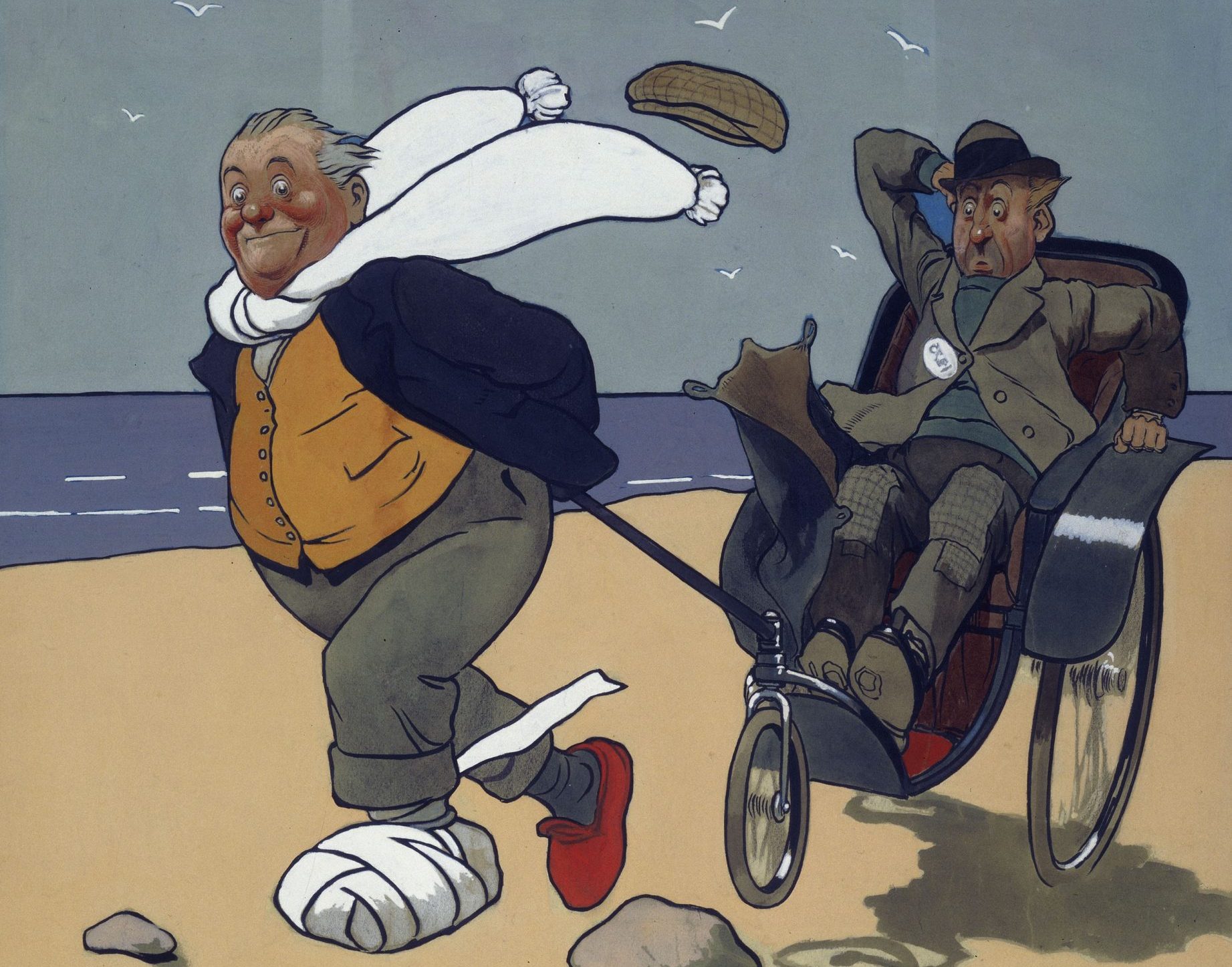 In Focus: John Hassall's iconic travel posters
In Focus: John Hassall's iconic travel postersThe works of British poster king John Hassall remain a breath of fresh seaside air, says Lucinda Gosling.
-
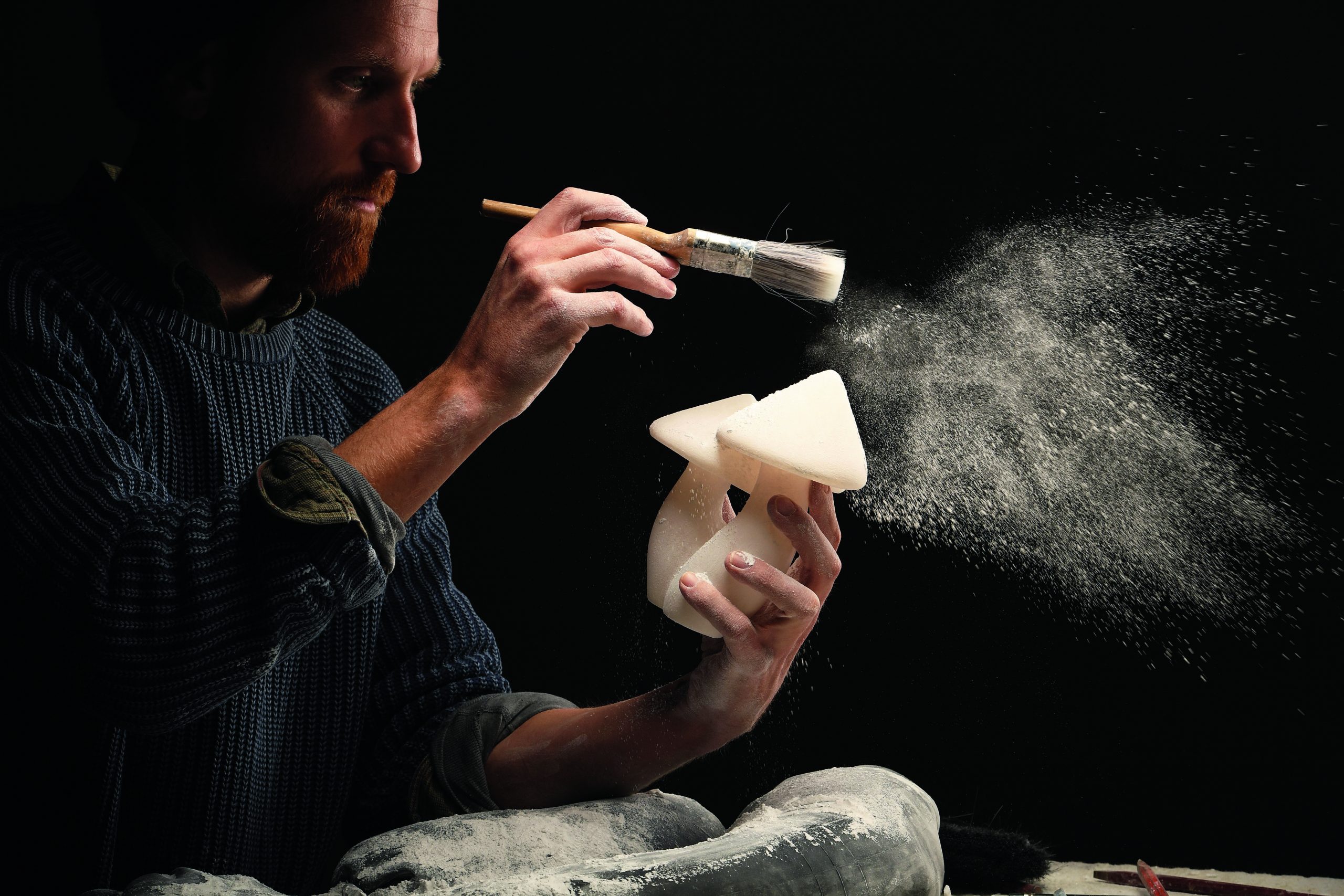 In Focus: the fungi sculptures that bend stone into soft, flowing forms
In Focus: the fungi sculptures that bend stone into soft, flowing formsThey may look as delicate and organic as the real thing, but Ben Russell’s sculptures of fungi, cacti and roots will outlast us all, believes Natasha Goodfellow.
-
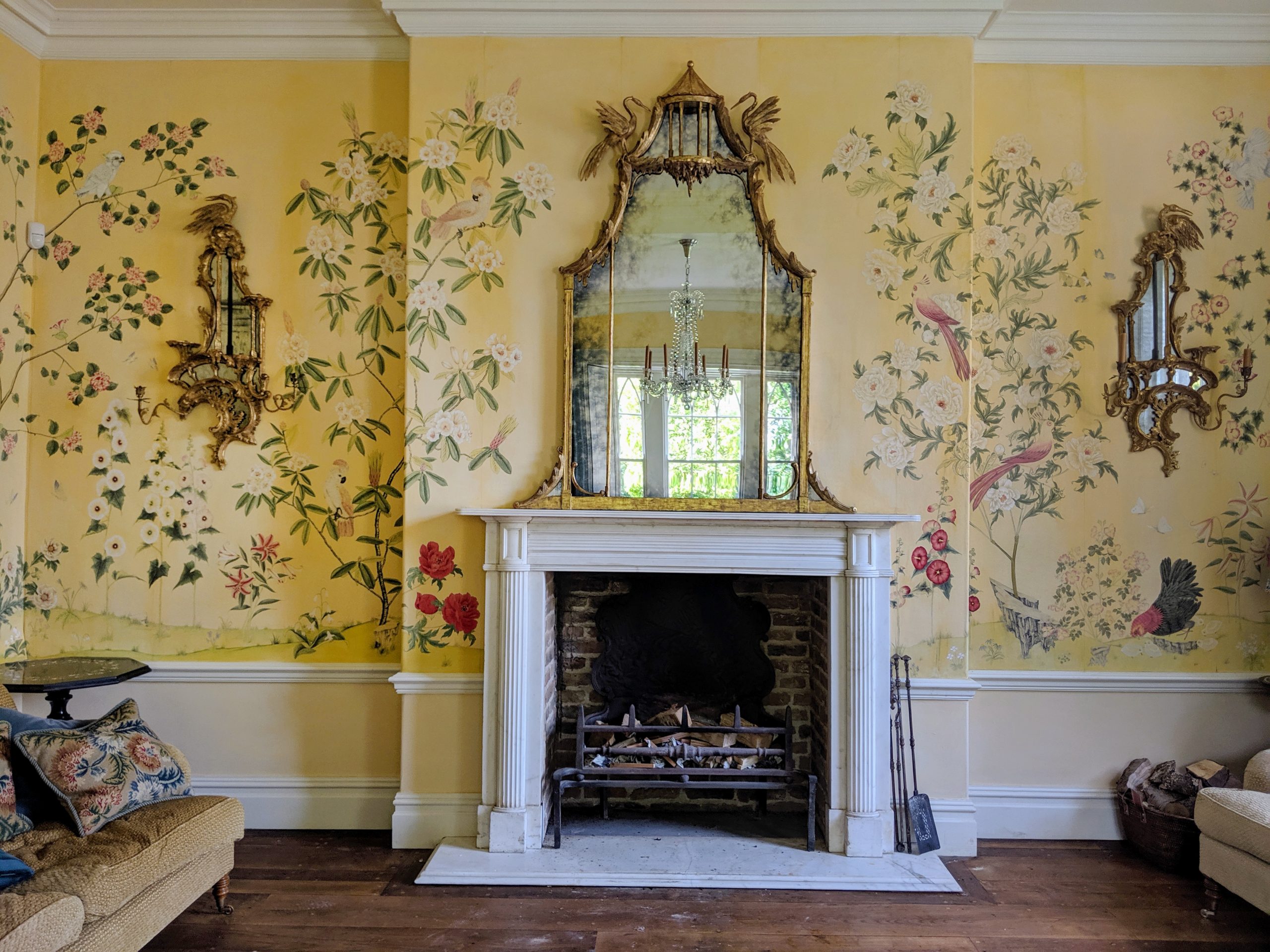 In Focus: How 21st century artists are reviving the art of the fresco
In Focus: How 21st century artists are reviving the art of the frescoOnce practised by Michelangelo, Raphael and da Vinci, the art of fresco creation has changed little in 1,000 years. Marsha O’Mahony meets the artists following in their footsteps.
-
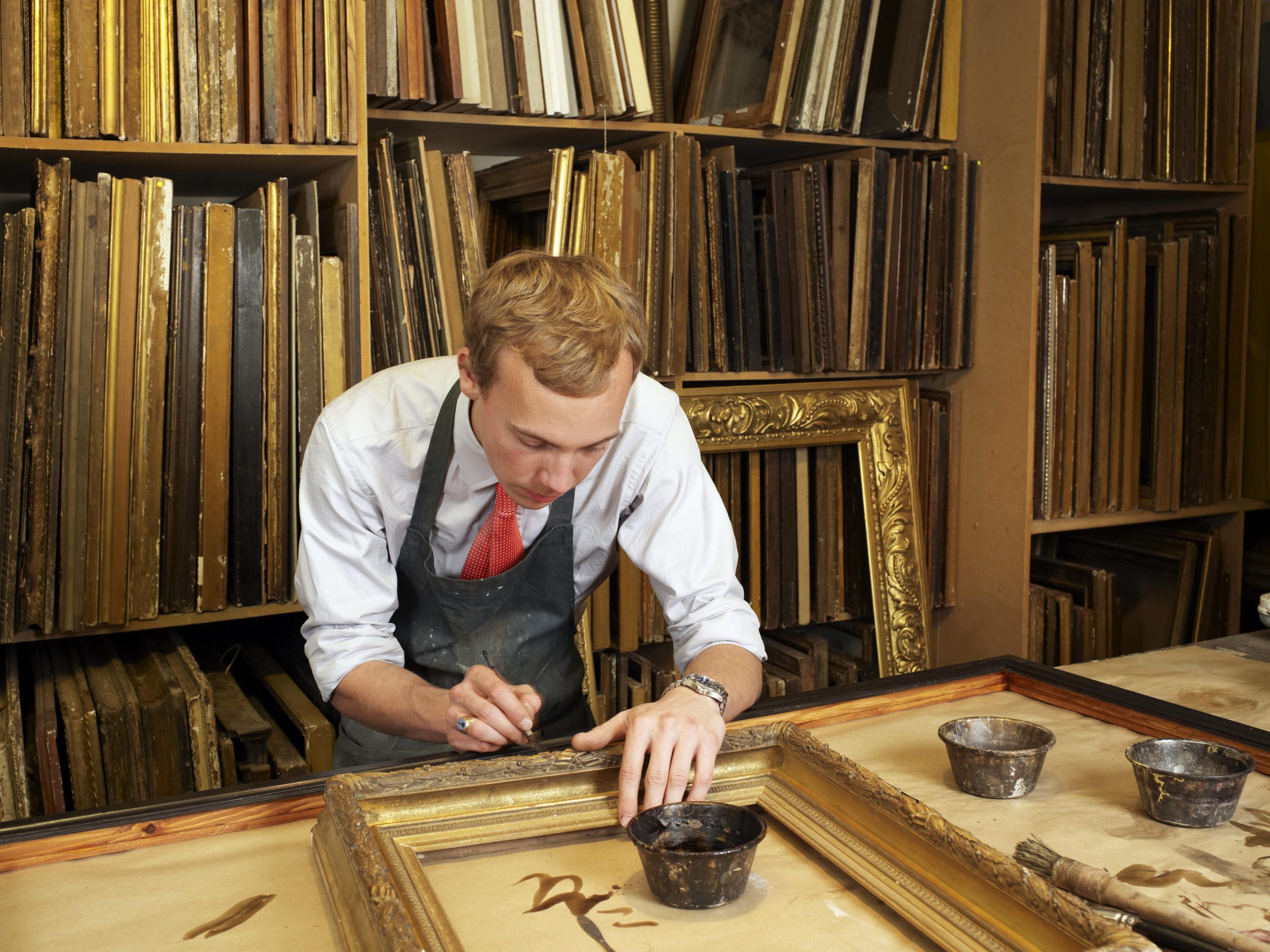 Why a good frame can be a work of art in its own right
Why a good frame can be a work of art in its own rightCatriona Gray retraces the history of frames, admires the craftsmanship required to make them and discovers what's the best way to preserve them.
-
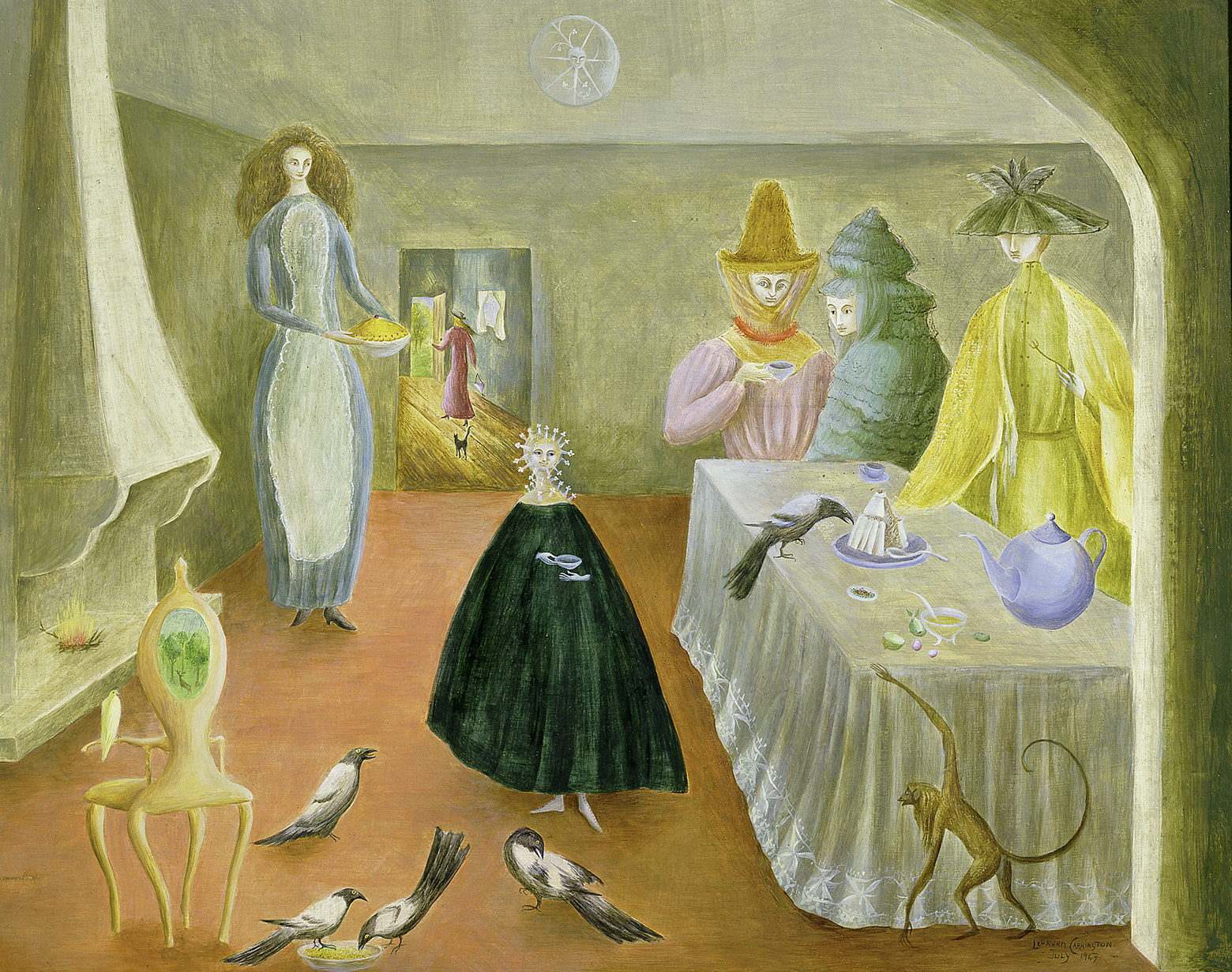 In Focus: How British artists contributed to the uncanny, desirous world of Surrealism
In Focus: How British artists contributed to the uncanny, desirous world of SurrealismMichael Murray-Fennell delves into the subconscious, the uncanny, war and desire and discovers the contribution made by British artists to the Surrealist movement.
